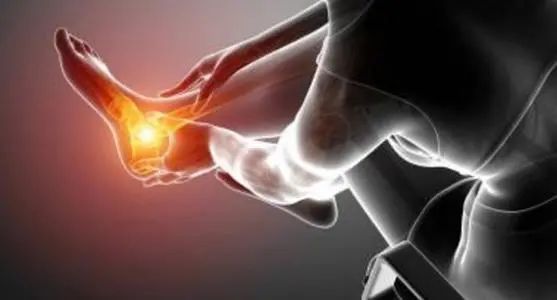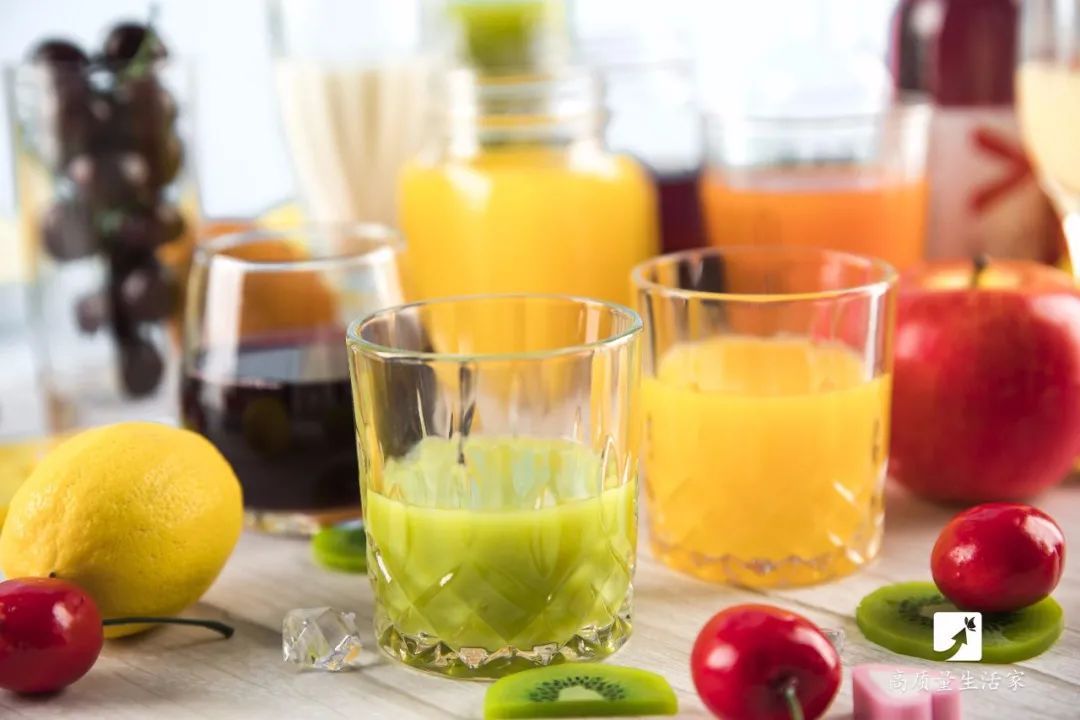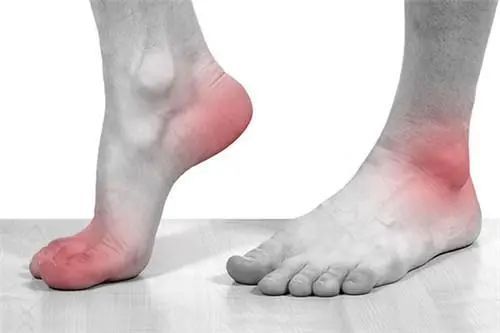With the continuous improvement of people’s living standards, more and more people have high levels of uric acid in the blood, which will have a great impact on the body.
Now high uric acid has become the fourth highest after high blood pressure, high blood sugar and high blood lipids, and it is more and more showing the trend of youth.

The picture comes from the Internet
The high level of uric acid is related to the enzymes that metabolize uric acid in the human body. On the other hand, it has a very close relationship with people’s eating habits. Many people like to eat high-purine foods, which will cause the body’s uric acid level to be too high.
A high level of uric acid for a long time will cause many uric acid stones to deposit in the joints of the human body. At this time, there will be more potential hazards!
01
What exactly is uric acid?
Uric acid is a metabolite that exists in the body itself. Under normal circumstances, the human body generates 600mg of uric acid every day and excludes 600mg, maintaining a balance.
Uric acid is detected by blood, called blood uric acid level, which is an indicator to determine whether uric acid is increased. Of course, uric acid levels can also be measured in urine, but they are mainly used to determine the ability of the kidneys to excrete uric acid.

The picture comes from the Internet
The current standard range of normal blood uric acid levels in China is in μmol/L, which is between 178 and 416 for men and 148 to 357 for women, that is to say, it exceeds 416 μmol/L for men and 357 μmol/L for women. , can be diagnosed as “hyperuricemia”.
Uric acid is not only related to the purines you eat
If the human body is compared to a factory, uric acid is like the waste of industrial production. The liver in the human body will process the useless purines into uric acid, and then excrete the uric acid through the detoxification organs such as the kidneys and intestines. The whole process is within a stable range.
If any of these links go wrong, uric acid may rise. To put it simply, if uric acid is elevated, either more purines are taken in, or less uric acid is excreted.
The excretion of uric acid is less, which is greatly influenced by genetic factors, and the problem of excessive intake of purines is partly related to diet. This is why people with gout and hyperuricemia are recommended to control purine intake.

However, many people don’t know the other main source of purine, which is the purine produced by our body. Although some foods do not contain purine, some ingredients in it can promote the body to synthesize more purines, resulting in an increase in uric acid.
02
The “accomplice” of high uric acid: fructose
Excessive uric acid in the body can easily lead to the risk of gout. Many people will strictly follow the high purine food table to control their diet structure, so the problem is, some people obviously do not eat seafood, drink thick soup and other high purine foods , and quit smoking and drinking, but uric acid remains high.
In terms of diet, it is right to eat less seafood and drink less beer, but many people often overlook another very important detail: fructose!
The effect of fructose on gout was discovered in recent years. A study in the British Medical Journal found that the consumption of sugar-sweetened soft drinks and fructose-rich water and fruit juice is closely related to an increased risk of gout.
Recent studies have also found that the intake of high-fructose beverages is parallel to the increase in the incidence of gout. In addition, it is also found that fructose can increase appetite and is not regulated by insulin and leptin, so eaters will not feel full. .

Therefore, fructose is listed as an important risk factor for common comorbidities or complications of gout such as diabetes, hypertension and fatty liver.
Among them, sugar-sweetened beverages are typical representatives. Fructose is related to the increase of uric acid. After entering the human body, it will participate in the metabolic process and promote the synthesis of purine, which will lead to the increase of uric acid production.
Many patients with high uric acid are unaware of the dangers of sugar-sweetened beverages, and may even feel that replacing alcohol with beverages is a more “healthy” dietary choice, which would really outweigh the gains.
03
Pay attention to these “fructose” foods
1. Any sweet drink: All kinds of sweet drinks on the market, including carbonated drinks, fruit juices, so-called functional drinks, etc., are one of the richest sources of fructose, and gout patients should drink with caution.
2. Honey: Although honey has high nutritional value, its fructose content is as high as 70%, and gout patients must eat it in moderation.

3. Fruits with high fructose content: Mango, lychee, cantaloupe, watermelon, melon, etc. that we usually eat are all fruits with high sugar content.
Some fruits are hidden sources of fructose, such as citrus, peaches, plums, and apricots, which contain more sucrose, and half of them will be converted into fructose after catabolism, which also needs to be paid attention to.
Fruits are rich in nutrients, there is no problem in controlling them within 500g a day, but don’t be greedy.
4. Bakery pastries: donuts, cookies, cakes, brownies, croissants, and other favorite pastries are all high-sugar foods. Be careful not to eat too much to prevent the increase of uric acid.

5. Various syrups: corn syrup, corn sweetener, etc. These syrups contain high fructose, so they are often used instead of sugar, and are most often used in desserts.
The last two points are important
1. Drink more water and quit drinking: Drink more than 1500ml a day. Drinking water promotes body metabolism and urination, and helps the body to excrete uric acid. Alcohol has the effect of inhibiting the excretion of uric acid, so beer and liquor should be banned.
2. Insist on exercising and control your weight: Do moderate-intensity exercise for about 30 minutes every day, and pay attention to avoid strenuous exercise or injury. Obese people should lose weight to keep their weight within the normal range.
04
High uric acid is not only harmful to gout
For the consequences of hyperuricemia, many people just stay at the point of gout, but in fact, its harm may be far beyond your imagination.
01Joint injury
Gouty arthritis usually causes sudden, severe pain in the first metatarsophalangeal joint, ankle joint, dorsum of the foot, and knee joints, and redness and swelling of the joints within a few hours.

The picture comes from the Internet
In most cases, only one joint is affected, but some people also involve more than one joint. Urate crystals are deposited in the joints, and the crystals can stimulate joint inflammation, causing tophi, gouty bone destruction, etc.
02High uric acid nephropathy
Only about 10% of people with hyperuricemia develop gout, and hyperuricemia is also associated with multiple organ damage, such as uric acid nephropathy.
The production and removal of uric acid in normal human body maintains a dynamic balance. Excessive uric acid formation or excretion disorder can lead to hyperuricemia. Excessive uric acid in the blood increases the burden on the kidneys. Excessive uric acid in the urine results in the deposition of uric acid in the kidneys, resulting in uric acid nephropathy.
In some patients, uric acid deposits gradually under the skin and around the joints, forming tophi. According to statistics, if patients with gout have repeated attacks without standard uric acid-lowering treatment, kidney damage will usually occur after ten years, leading to renal insufficiency and even uremia.

The picture comes from the Internet
In addition, high uric acid also greatly increases the risk of developing various metabolic-related diseases (such as diabetes, hyperlipidemia, etc.) and cardiovascular disease.
(High Quality Living Home)